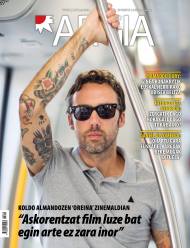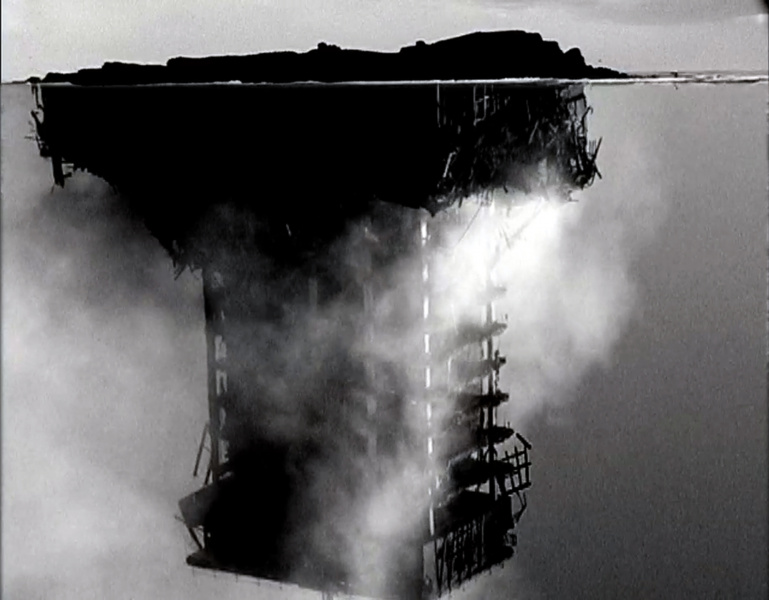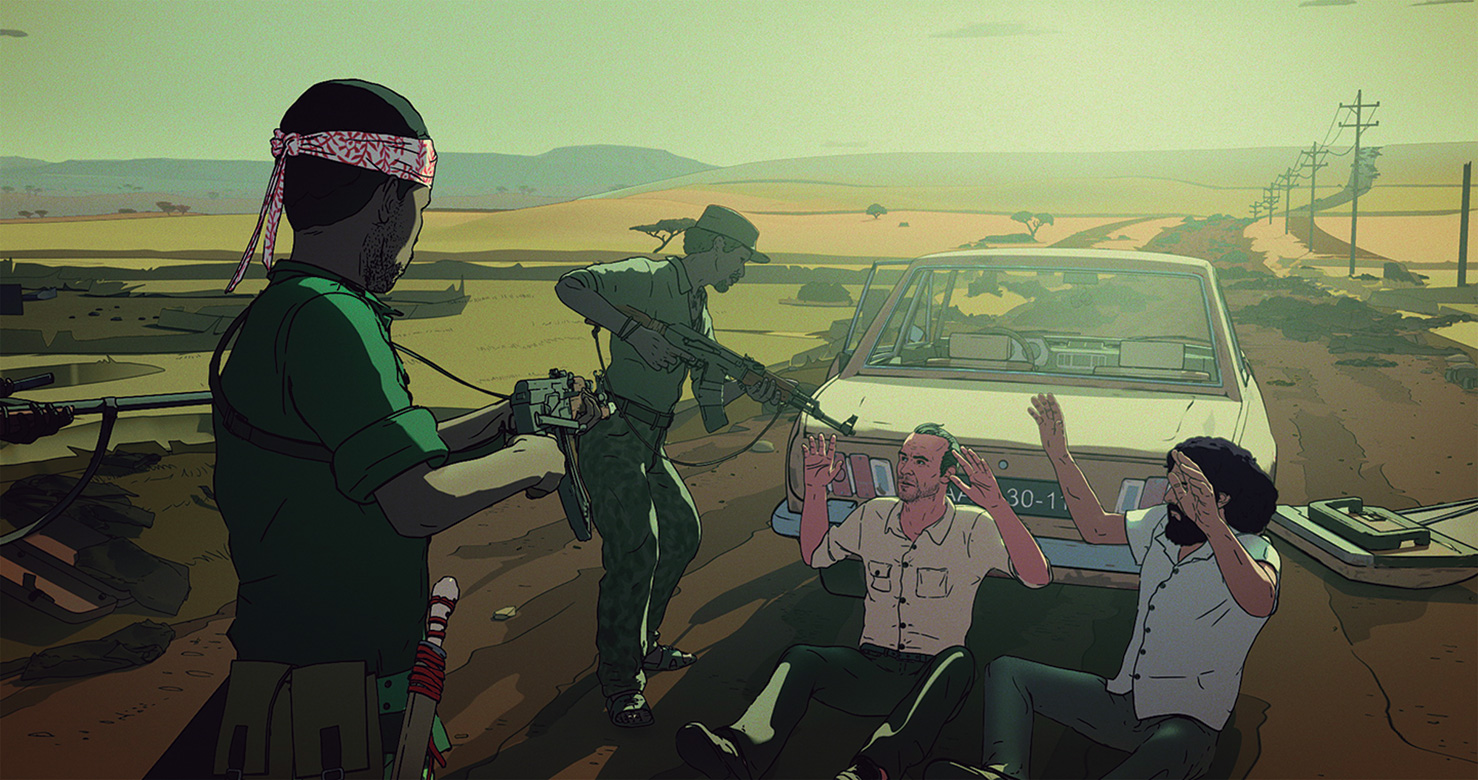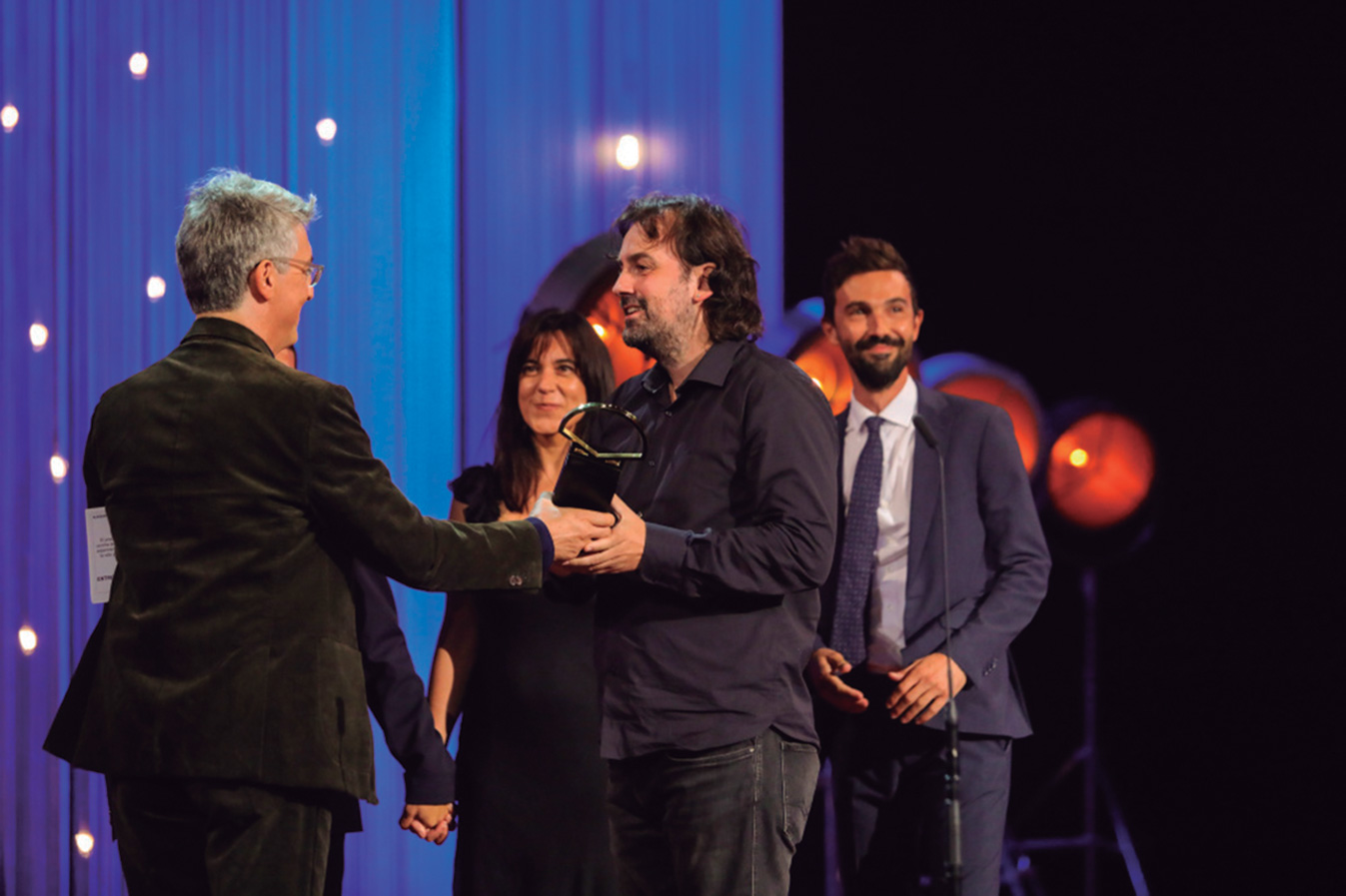The Festival is now SSIFF (but knows Basque)
- The San Sebastian Film Festival is not one of those festivals that make risky changes, that is clear. But with a medium-term perspective, it has been able to adapt in some ways. For example, the space occupied by the Basque film festival is greater than ten years ago. This year there will be fourteen works in Basque more than ever. The challenge now is for the audience to choose these films.
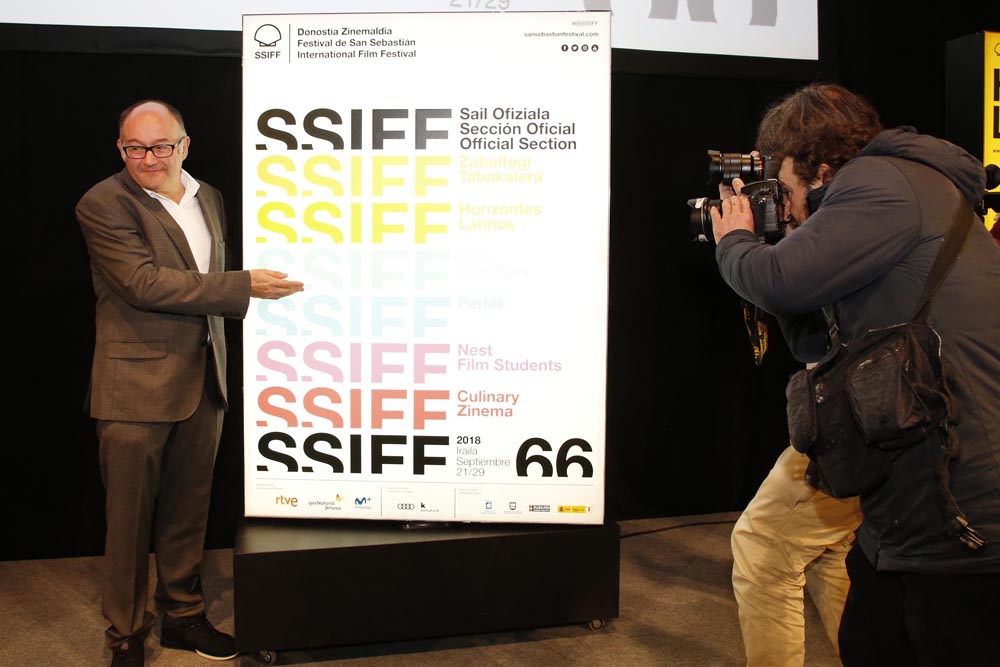
The first novelty of this edition of the San Sebastian Festival was the change of logo. It has caused the lifting to the corporate image of the festival that was presented last May and opinions of all kinds, from those who would start screaming in favor of the black plastic to defend the “Shell of always”, to those who have applauded to tunnel the shell. And as often happens in these kinds of debates, especially at a time when the publication of opinions has become easier than thinking, suddenly half of San Sebastian and a quarter of Euskal Herria have become experts in design.
But beyond that debate, which has a bit of travel, there is another one that, although less attentive, influences more on the name and essence of the Festival: the festival gives way to English in the new corporate image. The acronyms of the “San Sebastian International Film Festival” now appear in half, SSIFF, both on the web and in posters and other information materials. It has been made to better position itself internationally, although there is also another film festival with the same acronym – Silver Springs International Film Festival – and also, due to this decision, the visibility that the name “Zinemaldia” has given to the Basque Country for years, as has been criticized by several Euskaltzales.
However, this 66 edition will be the most Basque in the history of the San Sebastian Festival in contrast. More films in Basque than ever, fourteen; and their presence will not be limited to the Zinemira section that aims to show productions of Euskal Herria, although in this section the number of productions in Basque has also increased.
'Oreina', by Koldo Almandoz, and 'Dantza', by Telmo ESNAL, will be, according to all appearances, the Basque films that will show the most in this year's Zinemaldia.
Director Koldo Almandoz, interviewed this week, will take Oreina to the New Directors section and it seems that this year’s Basque production will be the most important, with the permission of Telmo Esnal Dantza, of course: the Zarauztarra film will be seen in the Official Section, even if it is out of competition. With this decision, the San Sebastian Film Festival revalidates the policy change made since 2014 to put at least one work in Euskera on the main stage of the festival. We seem to have become accustomed, but until four years ago we were able to see Loreak and Lasa and Zabala in the Official Section, Basque cinema lived a 25-year desert in San Sebastian – before the days between Antxon Ezeiza Ke in the 1989 Official Section were projected.
Starting to comment on other house picotazos, the menu includes the documentary Céoroitzapenak ere ez dit barkatzen, which recovers the barojian scrolls of the Abertzale sailor Lezo Urreiztieta, who reviews the little-known chapters of our 20th century history, and the short film Zabiotia Muguruza returns to the animation section Zabaldidi Canalundi.
Looking above the official section
Among the films that participate in the official competition are several films that have passed through the Toronto film festival and some news that come from Canada, so they can be advanced. For example, High Life de Claire Denis can draw attention. The veteran French director has made a science fiction film claiming that he has damaged the gender belt. Some criticisms read “the experimental”; “the weird” in others; “I can hardly believe that the film exists”, wrote the chronicler of the newspaper The Guardian. In addition, with the stars Juliette Binoche and Robert Pattinson as protagonists, it will probably also provoke that “other” expectation.
Many will also focus on Beautiful Boy, the director of Felix Van Groening, bearing in mind that one of the protagonists of the film is Timothée Chalamet, who featured in Call Me by Your Name, which last year surprised everyone. This father and son story, however, has marked a warmer temperature in the Toronto thermometer. As L’homme fidèle directed by Louis Garrel: The son of the great Philippe Garrel competes with his second feature film in San Sebastian, as well as directing, will also do the work of actor and, although the criticism he has made so far are not bad, it seems that the same thing happens to him as the son of Julian Retegi, with whom many see his films the phrase “Aita zen”.
'High Life' by Claire Denis, who will compete in the Official Section, leaves no one indifferent at the Toronto Festival experimenting with science fiction
Another prediction of the Official Section is Angelo, director Markus Schleinzer, who tells the story of a child born in an African country in the 18th century, who was brought to Europe and used to entertain nobility. It appears that the film is not limited to denouncing the barbarities that have been committed in the past with the Africans, but has used original ways of bringing the current problem to the table.
There are directors who will repeat in the Official Section, such as Isaki Lacuesta, winner of the 2011 Golden Shell. The director, born in Girona, recovers in Entre dos aguas one of the characters in the film he directed in 2006 The Legend of Time. The Japanese Naomi Kawase, who together with Lacuesta made the audiovisual exchange In Between Days, will return to the Donostiarra contest eight years after his participation in the competition: Vision is starring Juliette Binoche, like High Life, of Claire Denis, but in this case, instead of touring a space plot, we will see her in a Japanese forest looking for her past.
Another work that draws attention a priori in a competition in which the theme and purposes prevail is In Fabric, by Peter Strickland. For one reason: he wanted to make a thriller in one of the most boring places in the world, a great trade.
But with films competing for the Festival Awards, it is always difficult to make forecasts. In recent years we have seen renowned filmmakers who have presented works that have made their career sink; and unknown filmmakers who, after entering through the back door, have risen to the shoulders of the public and criticism at the end of the festival. And maybe that's what you have to ask a film festival, well, film in general, to question the limits of what you can expect.
It's not the norm that an animation documentary is awarded with the public's prize. But Another day of Life is also not an animation work to use. Firstly, because part of the great war journalist Ryszard Kapuściński, from whom the book and the words are inspired A more vivid... [+]
Without making much noise, Isaki Lacuesta has already won two Golden Shells at the San Sebastian Film Festival in this decade. The first one seemed rather controversial, as in 2011 he brought to the Official Section The Steps, a rather ambitious work, with rather exaggerated... [+]









